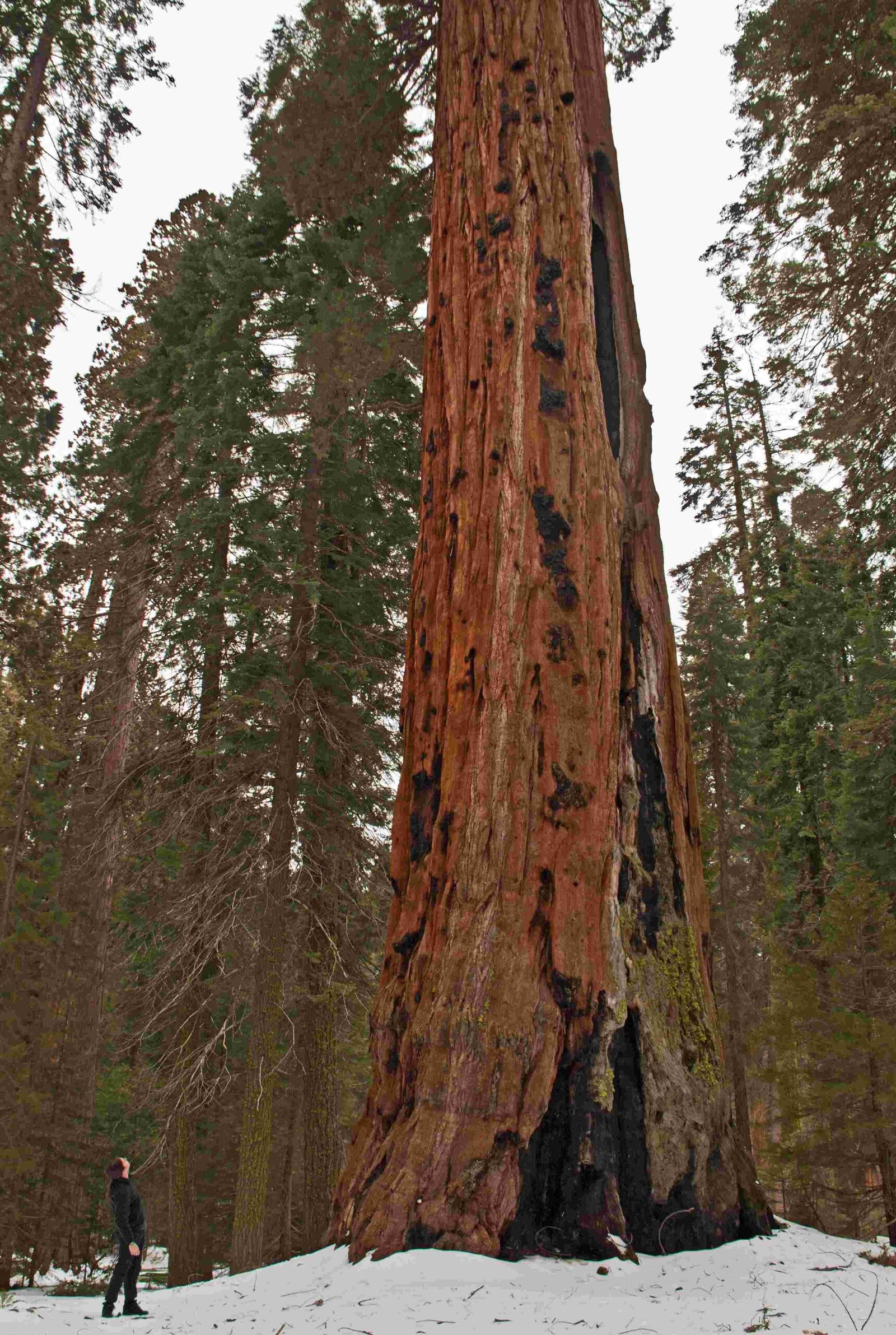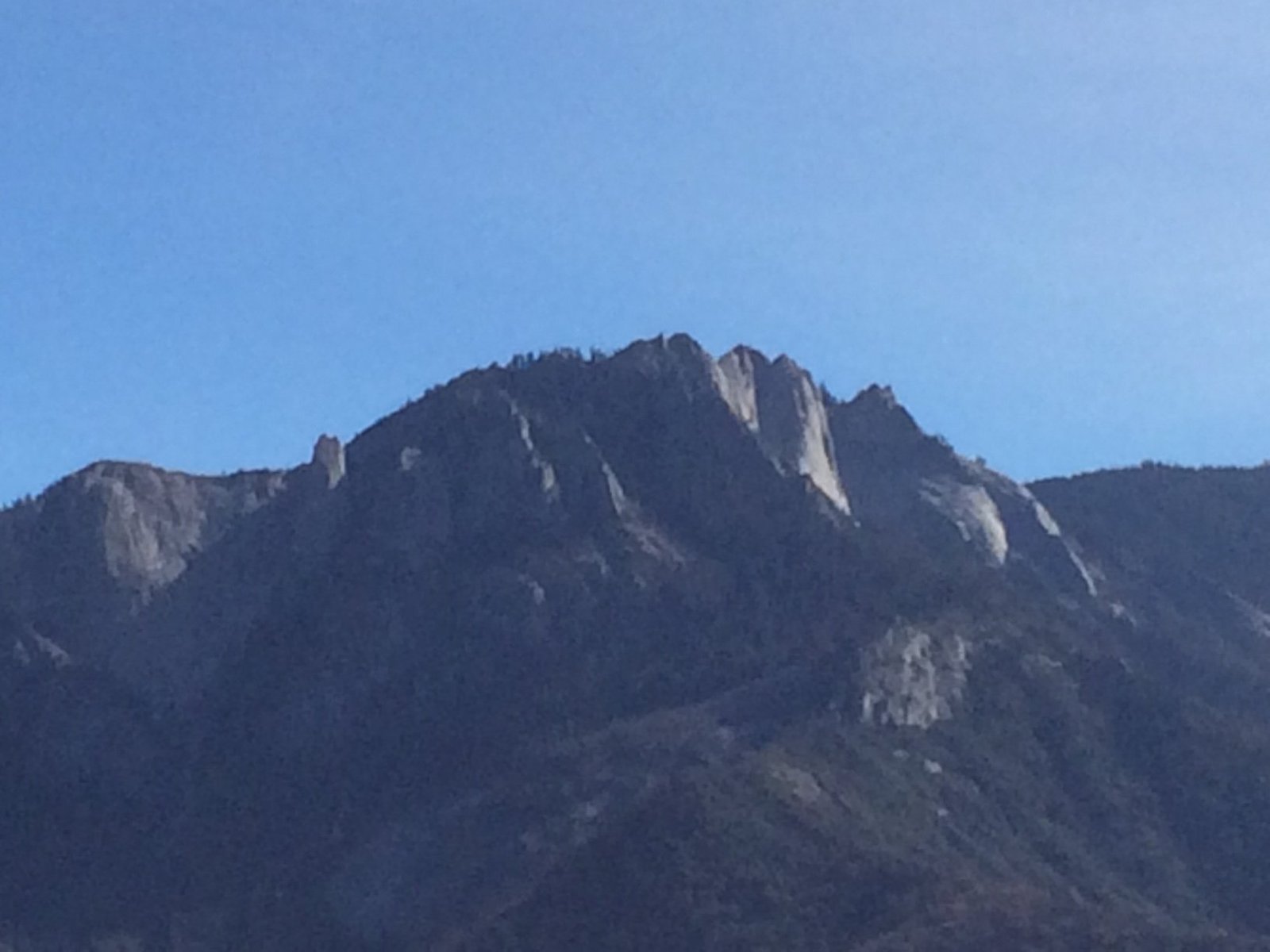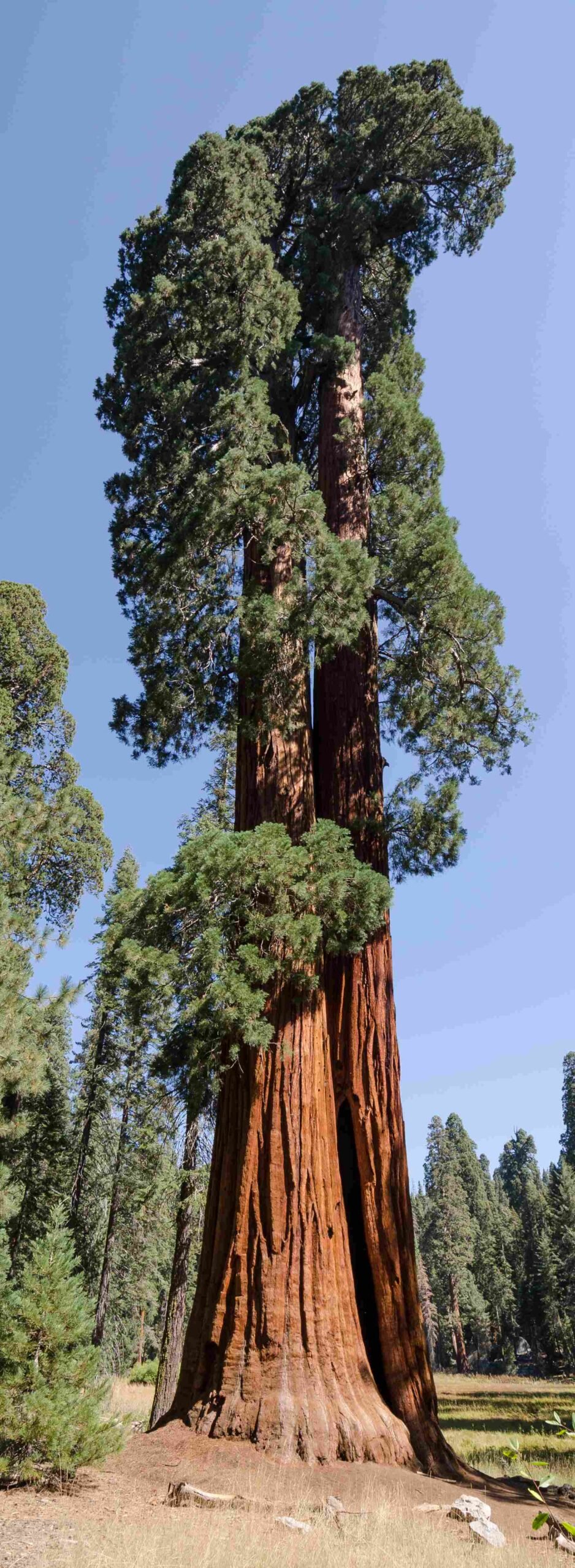Sequoia National Park, renowned for its diverse wildlife, does not have designated bear feeding areas. Feeding bears is strictly prohibited to protect both visitors and wildlife. The park emphasizes proper food storage and bear safety measures. Visitors must use bear-proof containers and follow strict regulations to prevent human-bear conflicts. Understanding these guidelines is crucial for a safe and responsible visit to Sequoia National Park.
What Are the Regulations for Bear Feeding in Sequoia National Park?

Sequoia National Park has stringent regulations regarding bear feeding and food management:
- Feeding bears is strictly prohibited
- All food and scented items must be stored in bear-proof containers
- Unattended food is not allowed, even for short periods
- Violations can result in fines and penalties
These regulations are enforced to maintain the natural behavior of bears and ensure visitor safety. Park rangers actively monitor and educate visitors about these rules.
How Should Visitors Store Food to Prevent Bear Encounters?

Proper food storage is critical in Sequoia National Park:
- Use bear-proof food lockers provided at campsites
- Store food in vehicle trunks only during daylight hours
- Hang food at least 10 feet high and 4 feet from tree trunks when backpacking
- Keep all scented items (including toiletries) in bear-proof storage
Table: Food Storage Guidelines
| Location | Storage Method |
|---|---|
| Campgrounds | Bear-proof lockers |
| Vehicles | Trunk (daytime only) |
| Backcountry | Hang or use bear canisters |
What Should Visitors Do If They Encounter a Bear?
If you encounter a bear in Sequoia National Park:
- Remain calm and assess the situation
- Do not run or make sudden movements
- Slowly back away while keeping the bear in sight
- Make noise to alert the bear of your presence
- If attacked, fight back aggressively
Remember, most bears will avoid humans if given the opportunity. Proper behavior during an encounter can prevent escalation.
Are There Any Designated Areas for Bear Viewing in Sequoia National Park?
While there are no designated bear feeding areas, Sequoia National Park offers opportunities for safe bear viewing:
- Meadows and open areas during early morning or late evening
- Along less-traveled trails (always maintain a safe distance)
- Near water sources, especially during dry seasons
Park rangers can provide information on recent bear sightings and safe viewing locations. Always use binoculars or zoom lenses to observe bears from a distance.
What Are the Consequences of Feeding Bears in Sequoia National Park?
Feeding bears in Sequoia National Park has severe consequences:
- Legal penalties, including fines and possible arrest
- Increased risk of aggressive bear behavior
- Potential closure of campsites or trails
- Harm to the bear’s natural foraging habits
Bears that become habituated to human food often have to be relocated or euthanized, emphasizing the importance of following park regulations.
How Does Sequoia National Park Manage Bear Populations?
Sequoia National Park employs various strategies for bear management:
- Regular monitoring of bear populations and movements
- Implementation of bear-proof infrastructure throughout the park
- Educational programs for visitors on bear safety
- Rapid response teams for bear-human conflict situations
The park’s goal is to maintain a healthy bear population while minimizing human-bear conflicts. This approach focuses on prevention and education rather than direct intervention.
What Types of Bears Can Be Found in Sequoia National Park?
Sequoia National Park is home to the American black bear (Ursus americanus). Key facts about these bears include:
- Average weight: 100-300 pounds
- Color variations: black, brown, cinnamon
- Primarily vegetarian diet, but opportunistic omnivores
- Active mostly during dawn and dusk
Understanding bear behavior and characteristics can help visitors appreciate these animals from a safe distance.
How Can Visitors Contribute to Bear Conservation in Sequoia National Park?
Visitors play a crucial role in bear conservation:
- Follow all park regulations regarding food storage
- Report bear sightings to park rangers
- Participate in educational programs about bear safety
- Support park initiatives for wildlife conservation
- Practice Leave No Trace principles to protect bear habitat
By being responsible visitors, we can help maintain the delicate balance between human recreation and wildlife preservation in Sequoia National Park.
What Are Common Misconceptions About Bear Feeding in National Parks?
Several misconceptions exist about bear feeding in national parks:
- Myth: Feeding bears helps them survive
-
Reality: Natural foraging is essential for bear health and behavior
-
Myth: Bears need human food to supplement their diet
-
Reality: Human food can be harmful and alters natural bear behavior
-
Myth: Small amounts of food won’t attract bears
- Reality: Bears have an incredibly keen sense of smell and can detect even small food traces
Educating visitors about these misconceptions is crucial for maintaining a safe and natural environment for both bears and humans in Sequoia National Park.
Remember, the absence of bear feeding areas in Sequoia National Park is intentional and beneficial for both wildlife and visitors. By understanding and respecting the park’s regulations, we can ensure a safe and enriching experience while preserving the natural beauty and wildlife of this magnificent ecosystem.
References:
1. Sequoia & Kings Canyon National Parks – Maps and Guides
2. Sequoia National Park – Wikipedia
3. Bear Tracker – Keep Bears Wild

